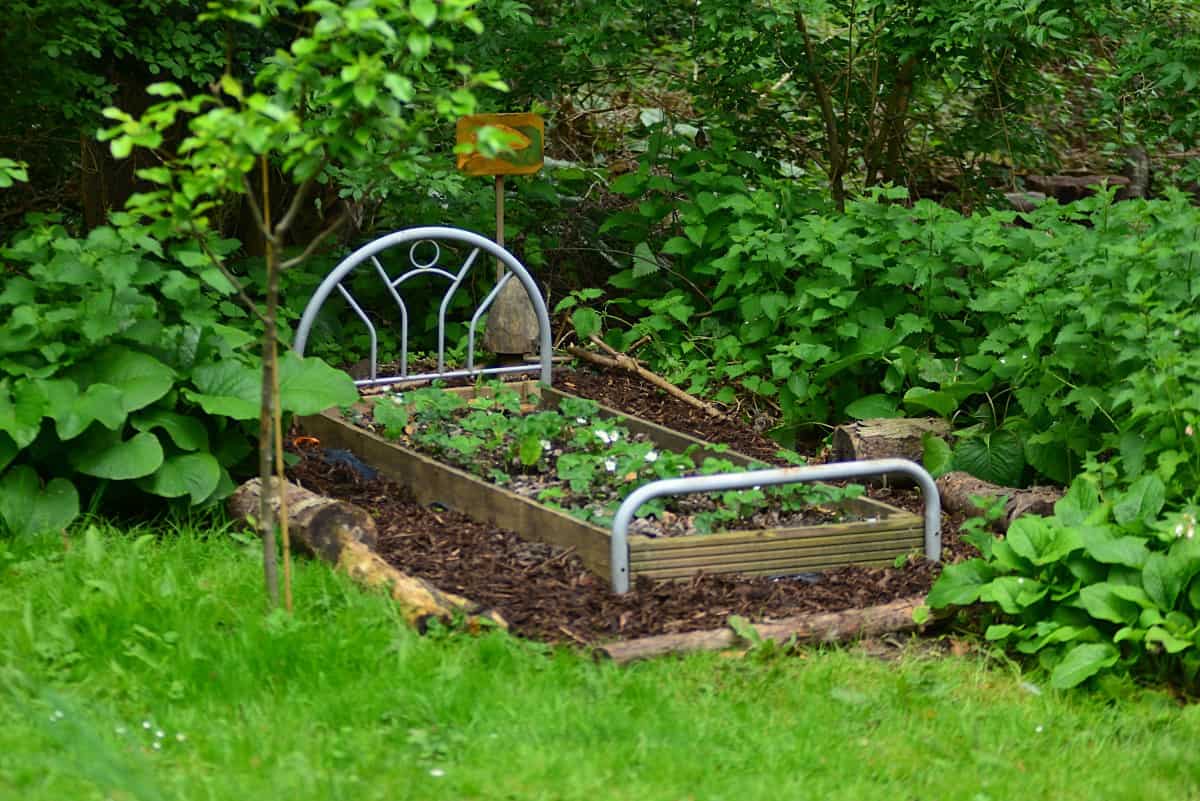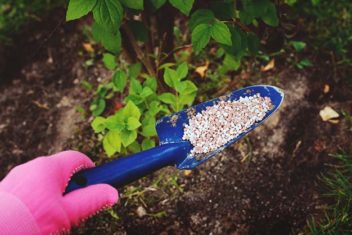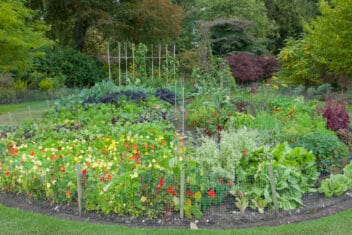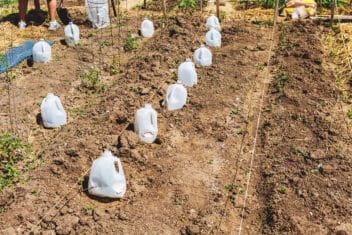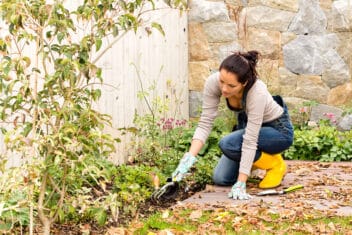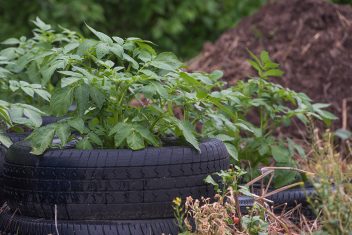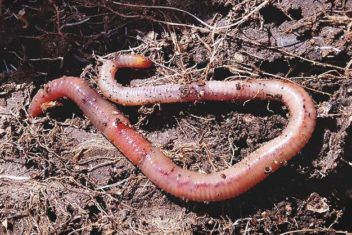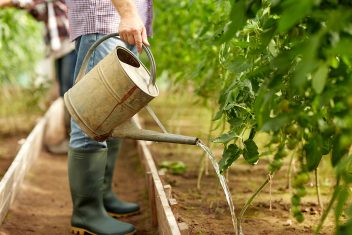I will never forget my first garden. My husband and I grew a few types of tomatoes, some potatoes, and a few green bean plants in simple raised beds made out of hemlock.
We were so proud of ourselves that first year as we enjoyed our humble yield! Now, we grow just about every kind of vegetable and our garden has expanded far beyond the confines of those original, tiny raised beds.
Most beginner gardeners are just like us, choosing to grow their plants in raised beds – and for good reason. Raised bed gardening offers all kinds of benefits, from less weeding to a sharp overall aesthetic.
If you’re thinking about growing in a raised bed, you’ve made a smart choice. However, that’s not to say that this kind of gardening is totally foolproof. There are all kinds of pitfalls you can fall into – and mistakes you can make.
Here are some of the most common raised bed gardening mistakes – as well as tips on how to prevent them.
Benefits of Growing in a Raised Bed
There are countless advantages associated with raised bed gardening.
One of the biggest is that, when you are growing in raised beds, it really doesn’t matter what kind of environment is around you. You could even build a raised bed on top of concrete if you wanted to. When you grow in raised beds, you don’t have to worry about poor soil quality, since you’ll be adding your own.
Raised beds also tend to warm up faster (and stay cooler during the growing season) than the surrounding soil. They are well-draining yet also hold an adequate amount of moisture. They tend to be more resilient when it comes to weeds, pests, and some diseases, too.
Gardening in a raised bed is a great way to get more bang for your buck when it comes to planting a garden. However, that’s not to say that doing so is always foolproof. There are several mistakes that are easy to make.
8 Most Common Raised Bed Gardening Mistakes
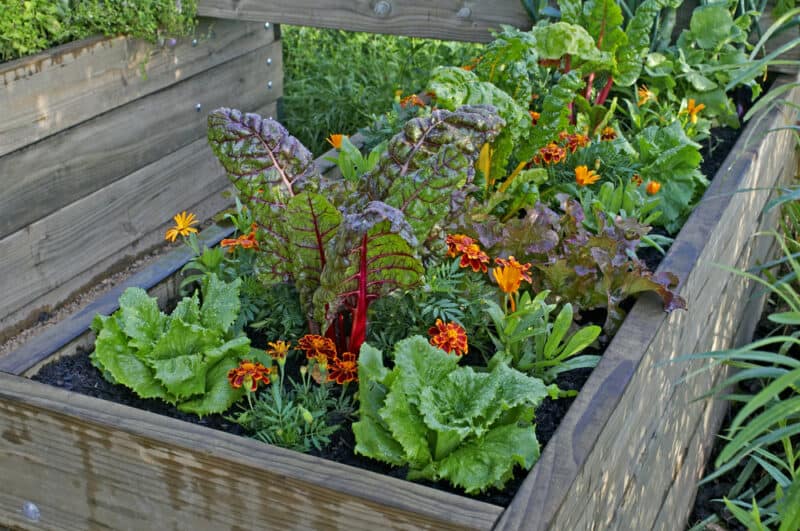
1. The Beds Are Too Wide
One of the main goals of growing vegetables in raised beds is to prevent compaction, right? So while you might think that you are doing yourself a favor by making supersized raised beds that span the entire length of your backyard, you’re actually doing yourself a disservice. Raised beds that are too big will require you to step on the beds to reach the interior.
In doing this, you not only run the risk of trampling your fragile plants, but you also make the soil more compacted. This creates poorly aerated soil that makes it tough for plants to grow. Even though you think you are stepping around your plants, you’re still hurting them by damaging the soil in which they are growing.
As a result, raised beds should never be more than 3-4-feet wide. Most people can reach easily into the center of such a bed – but if you’re short, like me, you might have to go even smaller. If you’re taller, you might be able to get away with a slightly larger bed. Think of your own limitations as you plan out your raised beds.
2. Using the Wrong Building Materials
From cinder blocks to rustic logs, old tires to 2x4s, there are all kinds of materials you can use to build raised beds. However, they aren’t all built alike.
You’ll have to carefully consider the building materials you use to build your raised beds. People commonly turn to pressure-treated wood as a solution.
While the benefit of pressure-treated wood is that it won’t rot anytime soon, the reality is that using older pressure-treated wood (before 2003, that is) can contaminate your garden with chemicals. This kind of wood contains chromate copper arsenate, a chemical you definitely don’t want near your food.
Some newer pressure-treating technologies still rely on dangerous chemicals. Some are safe, but often, it’s easier to rely on untreated wood that is naturally rot-resistant, such as cedar. This will help your raised bed stand the test of time without having to worry about potential health impacts.
With any kind of raised bed material, do your research first. It’s great to be able to reuse or repurpose raised bed materials you have lying around, like tires and watering troughs, but make sure they’re clean and safe to use.
3. Failing to Plan Out Watering

Something else that many people – including myself – fail to do is to plan for watering. Unless you plan on hand watering (this gets old in a hurry, trust me) you may have to put some thought into how you will water your plants before you even build your beds.
Consider installing your raised beds near some sort of water source. That way, it will be easy for you to install a method of irrigation, be it a hose, drip lines, sprinklers, or soaker hoses.
I always recommend using drip lines to irrigate your plants. These irrigation systems will water your plants from below, eliminating two common watering conundrums. Not only will you not have to spend lots of time watering each day, but you’ll also eliminate the many fungal problems that can arise from overhead watering.
Watering from below can reduce the likelihood that you’ll have to deal with problems such as powdery mildew and blight.
4. Adding Poor-Quality Soil
Just because it’s above the rest of the garden in height doesn’t mean it is naturally superior. You need to make sure you’re adding the very best quality soil to your raised bed to help your plants thrive.
What kind of soil should you use? Many people think that, since a raised bed is essentially a large container, that potting soil will do. However, it’s not a great choice, since it will drain too fast and leave your bed devoid of nutrients (though you may be able to get away with it if your raised bed is sitting on top of concrete).
Instead, turn to balanced nutrients that will help your plants thrive. You might have to use compost to amend your beds or even to supply you with all of your soil. Just make sure it’s well-balanced (in other words, don’t strictly rely on manure that hasn’t been aged yet).
5. Poor Pathway Planning
Without a doubt, this is one of my biggest pet peeves when I’m working in my garden. I hate having weeds and tall grass tickling my ankles as I weed the beds. I have sensitive skin and the plants often cause my legs to itch. Not only that, but this also makes it more likely that weeds will pop up in the beds themselves and make them harder to tend to.
While your primary concern when building raised beds should be the beds themselves, make sure you take the time to plan out your pathways between them, too. Leave plenty of room to walk and to hit weeds with a weed whacker, if necessary.
Even better, put some kind of barrier down before the weeds become problematic. You can put down cardboard and mulch over it. Some good options include wood chips, pine needles, and straw. This will give you a clean surface to walk on and will also fertilize the ground beneath you as it breaks down.
6. Skipping the Mulch
Another raised bed gardening mistake people make is skipping the mulch. Some gardeners assume that, since their raised beds are elevated, they won’t suffer from weeds.
Think again! I’ve had gardening seasons in which my raised beds were more overrun with weeds than the rest of my garden. Weed seeds will blow in from the surrounding soil and be deposited by birds passing by. Although raised beds are usually less prone to weeds, they’re still there.
This is where mulch can be your friend. Apply a layer of mulch about 1-2-inches deep in your raised beds, ideally as soon as you plant. This will reduce weed pressure and also help regulate the soil temperature. This is important, especially during extremes of cold and heat.
Mulch can also help regulate soil moisture, making it easier for you to stay on top of your irrigation duties.
You can use any kind of mulch you want, from wood chips to straw, but make sure you take the time to mulch. It’s important.
7. Improper Orientation
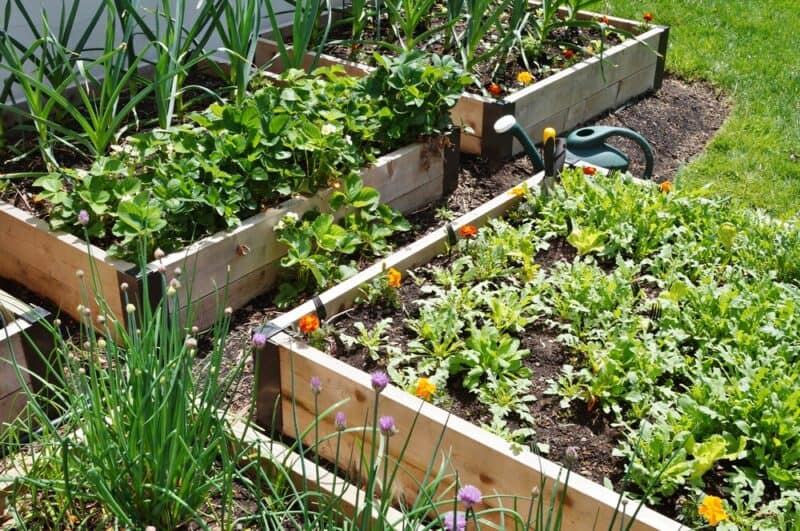
Think carefully about your long term plans when you lay out your raised beds. You not only need to consider their proximity to a water source and how they are exposed to the sun but also how they relate to each other. Make sure you leave at least 3-feet between the beds so you have room to work.
Don’t forget that some plants stretch outward as they grow, too – this will further reduce the amount of space you have to work between your beds.
8. Overcrowding (or Underutilizing!) the Beds
Last but not least, it’s important to do some careful planning about what goes inside your raised beds, too. While making sure your raised beds are constructed in the proper environment will likely be your first concern, you also need to make sure you plan out what will go inside.
Give some thought to which plants will be grown in your raised beds. It’s important that you account for every square inch of the beds. Remember that when you’re growing some types of plants, like leafy greens, intensive planting can be beneficial. Planting tightly will prevent weeds from cropping up between your vegetables!
In other cases, you should do your best to avoid overcrowding the beds. Some plants (tomatoes, for instance) are especially prone to fungal problems. Planting too close together can increase the likelihood of these diseases.
The Key to Raised Bed Success? Trial and Error
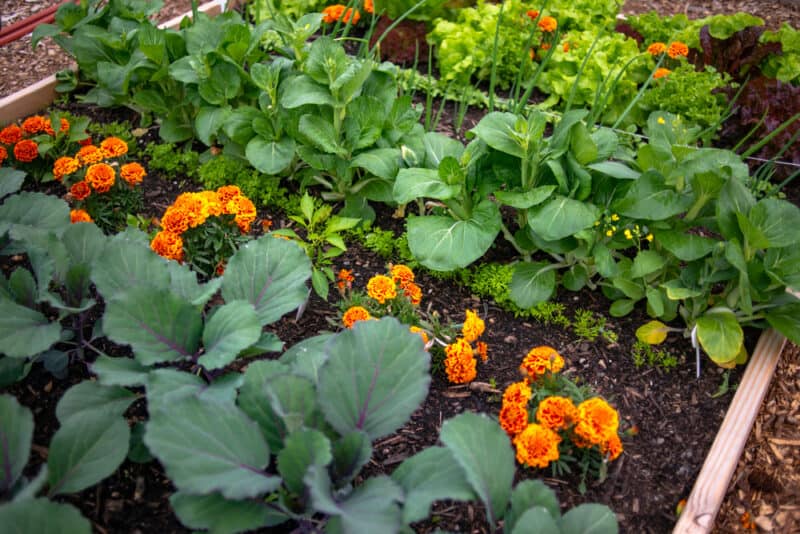
Raised bed gardening is far easier, in many cases than gardening in a traditional plot. However, you will need to put some time and thought into considering which plants should go where and how your beds should be constructed to avoid raised bed gardening mistakes.
It’s an easy planting strategy, but certainly not flawless. It may take you some time (and some trial and error!) to figure out what works well for you.
Consider growing in raised beds – and avoid these top raised bed gardening mistakes! – and you’ll be well on your way to a bountiful harvest.
